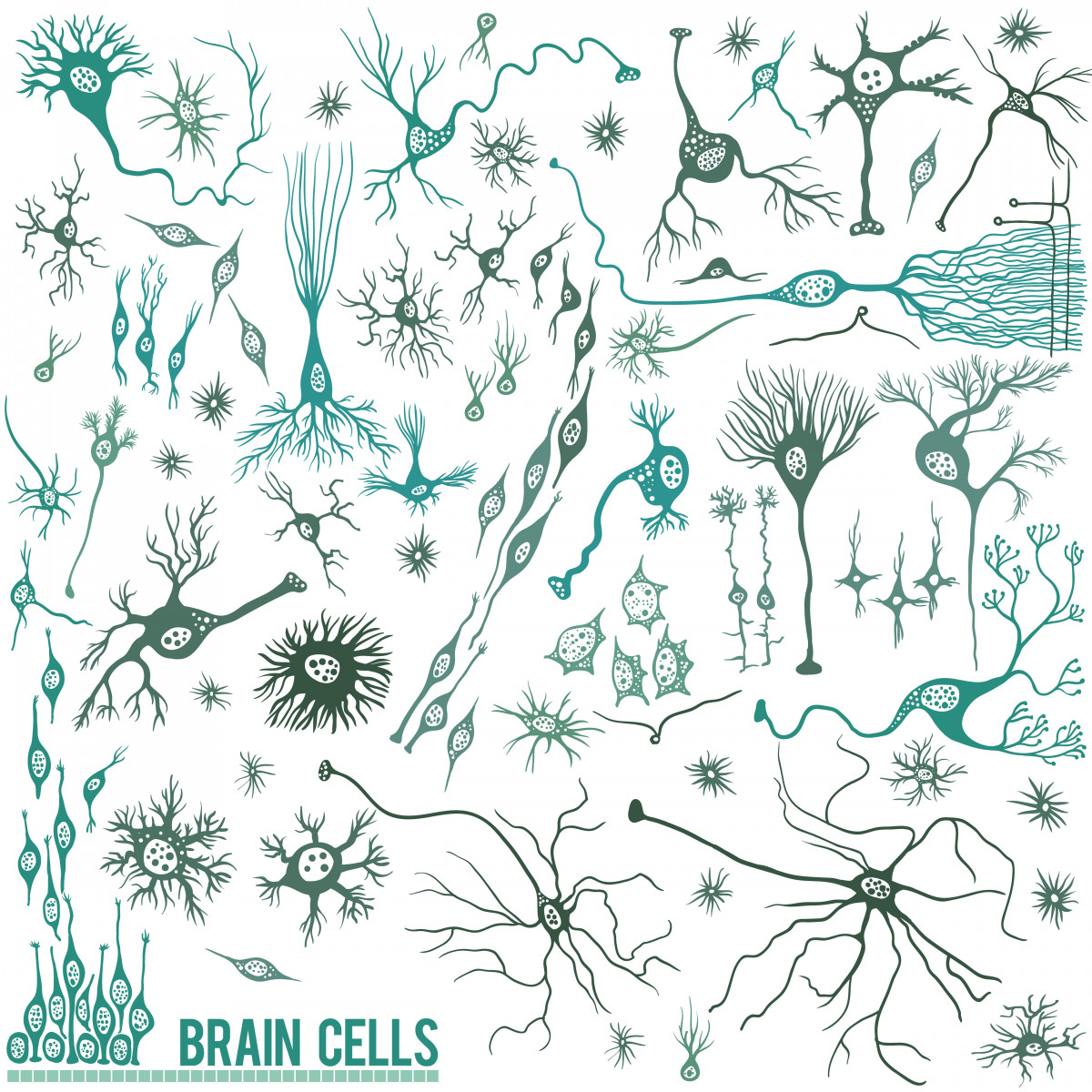Alpers Syndrome May Be Caused by Loss of Mitochondrial DNA in Brain Cells Called Astrocytes, Study Finds

Loss of mitochondrial DNA in brain cells called astrocytes may be the cause of Alpers–Huttenlocher syndrome, a severe mitochondrial neurodegenerative disease that affects young children.
The study, published in the journal Nature Communications, demonstrates that while neurons die in this condition, other cells are the ultimate cause of the neurodegeneration.
Researchers at the University of Helsinki in Finland, who conducted the study, said it may be better to target astrocytes, rather than neurons, when developing new treatments for the condition.
To reach these conclusions, the study, “Loss of mtDNA activates astrocytes and leads to spongiotic encephalopathy,” explored how the specific loss of a mitochondrial DNA-producing enzyme in the two cell types affected mice.
Astrocytes — the most common type of brain cell — support neurons in numerous ways, and contribute to their normal function.
Earlier studies show that a complete loss of the mitochondrial DNA-producing complex in mice kills the offspring before birth. This time, researchers removed one of these enzymes — called twinkle — in astrocytes and neurons separately. The same enzyme is linked to a deficiency in mitochondrial DNA in people with Alpers syndrome.
Mice, which had twinkle removed from their astrocytes at birth, quickly developed severe brain damage. They were also smaller, with abnormally curved spines.
The mice soon started developing fluid-filled cavities throughout the brain, similar to what is seen in infants with Alpers syndrome. At about five months, they started developing movement problems; the mice lived only to about eight months.
A closer examination showed that loss of the enzyme activated the astrocytes, which in turn led to neuron damage and degeneration. As neurons started to die, inflammation followed, further worsening the disease progression.
The observations suggest that the neuronal death is caused by the lack of normal astrocytic support.
In contrast, mice that lacked twinkle in neurons appeared normal until they rapidly started deteriorating at about eight months. When they died a few days later, they did not have astrocyte activation in their brains.
The study supports the theory that it is primarily the loss of mitochondrial DNA in astrocytes that drives disease processes in Alpers syndrome. The same processes, however, may also be at work in other mitochondrial diseases, as well as in other neurodegenerative conditions, researchers said.
The team now believes that supporting mitochondrial function in astrocytes could be a means of preventing or slowing neurodegeneration.






